Indoor STEM Activities for Kids
STEM Sport
DECEMBER 12, 2023
As winter begins, keeping kids both physically and mentally active becomes a challenging task for parents and educators. During these colder months, when outdoor adventures are limited, it’s crucial to find creative ways to engage young minds and bodies.

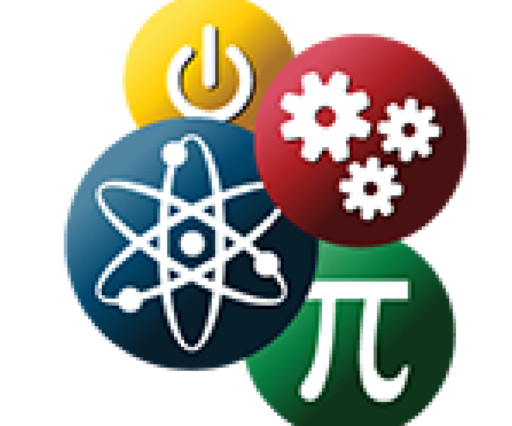
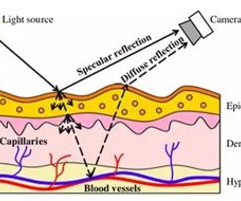
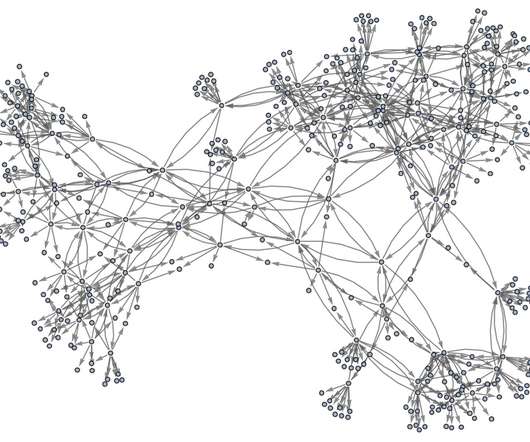
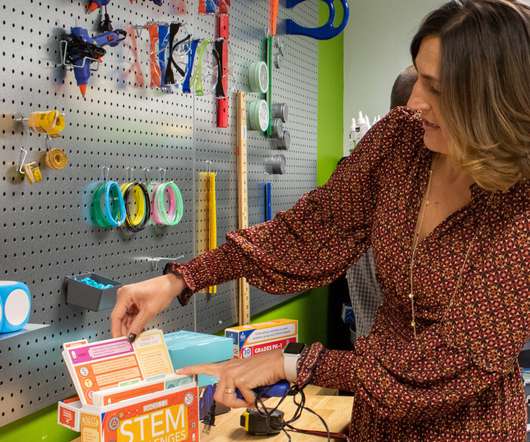
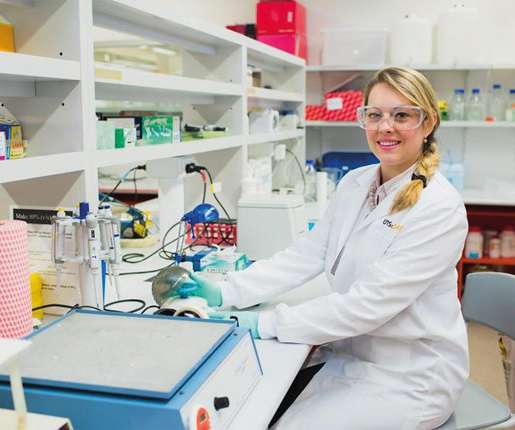

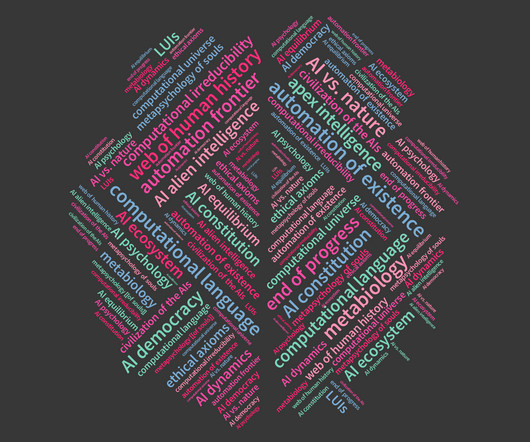
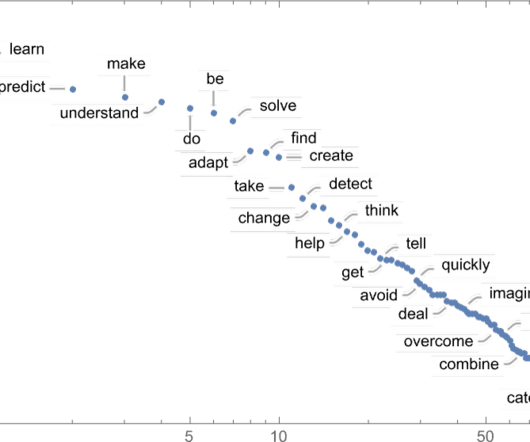







Let's personalize your content